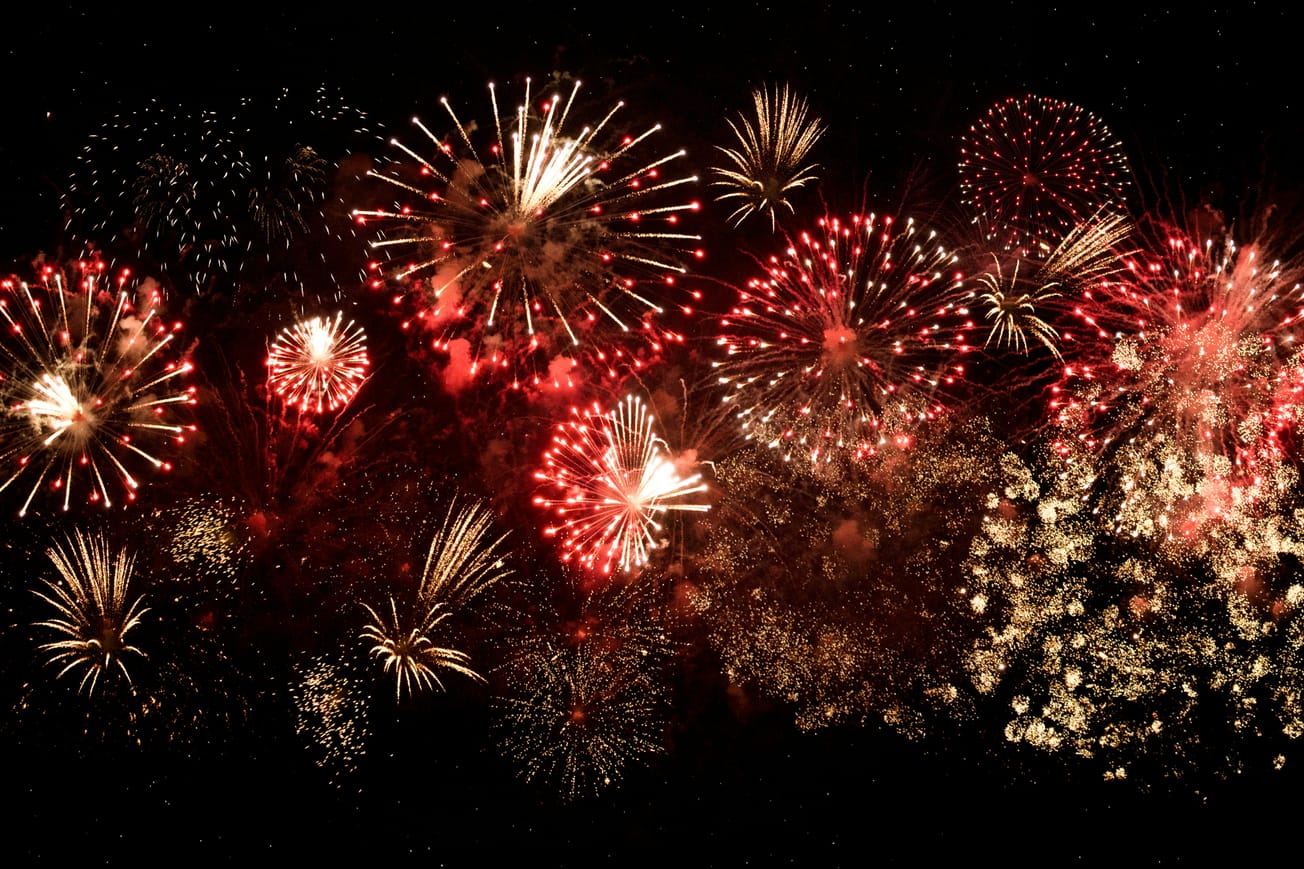By India Thompson, Second Year, Geography
Fireworks are notorious for their celebratory use globally, but specifically in the UK, they are most prominent for Bonfire night. During this commemorative event, fireworks aptly embody the explosives that threatened Parliament in the Gunpowder Plot of 1605. However, fireworks have an extensive history; they first emerged in China 2000 years ago.
Anatomically, the most crucial aspect of fireworks is gunpowder which can be found within a modern lift charge. The discovery of gunpowder (which the inventors called ‘huo yao’) was accidental when a cook mixed charcoal, sulphur and saltpetre. The Chinese proceeded to fill bamboo stalks with this powder and heat them until they exploded to ward off evil spirits and celebrate births or weddings.
Fireworks remain an integral part of Chinese culture today due to continued displays at Chinese New Year to welcome a fresh start. Fireworks hold an abundance of representations that alter depending on the culture and country. For instance, Independence Day in the United States corresponds heavily with firework displays representing unity and patriotism. On the other hand, Hanabi firework festivals in Japan are a time for reflection and remembrance of ancestors. Diwali, in India, portrays fireworks as a symbolisation of the victory of light over darkness and good over evil. Scientific innovations are often used to advance social development and security, but modern fireworks represent an extensive history that urges collective remembrance. Even though fireworks are used primarily for entertainment, their symbolism and occurrence are so ingrained within celebrations that it has become hard to imagine festivities without them.
The initiation of fireworks in China spread over continents with the Mongol conquests of the 13th century. Deemed the most credible cause for gunpowder transference to Europe, gunpowder was primarily acquired for weaponry, including cannons, guns and bombs as early as 1267. However, fireworks were first recorded in England at Henry VII’s wedding in 1486; this ignited a widespread admiration for fireworks lasting throughout the Tudor period. Elizabeth I’s reign marked the peak use of fireworks where she even appointed a Fire Master of England. Consequentially, fireworks became associated with entertainment, symbolising power and celebration due to their appearance at prestigious ceremonies. Initially, this was restricted to the royal and wealthy but gradually fireworks infiltrated into wider society.
Modern fireworks are very different from those initially invented due to continual development by pyrotechnicians. During the 19th century, Italian pyrotechnicians added metal salts to firework composition to introduce a range of colours. These metal salts are packed into small pellets called stars which when ignited, absorb a large amount of energy and cause the atoms to give off light. Highly reactive metals, such as aluminium, produce a much brighter light and can reach temperatures over 2700°C due to possessing more electrons in their orbital shells. The atom's outermost electrons are therefore further from the nucleus and shielded by more orbital shells, meaning outer electrons are not as strongly attracted to the nucleus’ positive charge. This allows electrons to be lost more easily causing greater reactions. Metals commonly used in fireworks include Calcium for orange, Barium for green, Copper for blue and Sodium for yellow. These colour reactions are similar to flame test experiments that GCSE chemistry students execute. This is because heating atoms causes excitation into higher orbitals. When returning to normal levels, light energy is released corresponding to a particular wavelength for the metal atoms.
Firework function is dependent upon several chemical reactions which vary depending upon the firework type. Typically, fireworks contain star pellets which are packed within the shell at the firework’s centre. The shell contains two halves and has a lift charge at the base. It is the lift charge that constitutes gunpowder to propel the shell into the sky and launch it through a tall cylinder known as the mortar. During the firework’s flight, a time delay fuse burns until it becomes low enough to reach the gunpowder. This allows fireworks to reach their peak height before exploding and makes them much safer. When the fuse reaches the gunpowder, the burst charge located in the shell centre is activated and ignites the stars which produces the colour reaction. Whilst the chemicals themselves are responsible for the variation in sound, the arrangement of the stars impacts the shape of the explosion.
Fireworks are deeply embedded in human culture and history, connecting the past with the future through the shared celebration. They have a unique impact on uniting communities across the globe in a diverse array of celebrations. This Bonfire Night, take a moment to reflect not only on their local significance but also on the traditions they represent, and the countless pyrotechnicians whose innovations have turned these displays into pieces of captivating art.
Where will you be watching fireworks from this year?
Featured Image: DESIGNECOLOGIST on Unsplash







